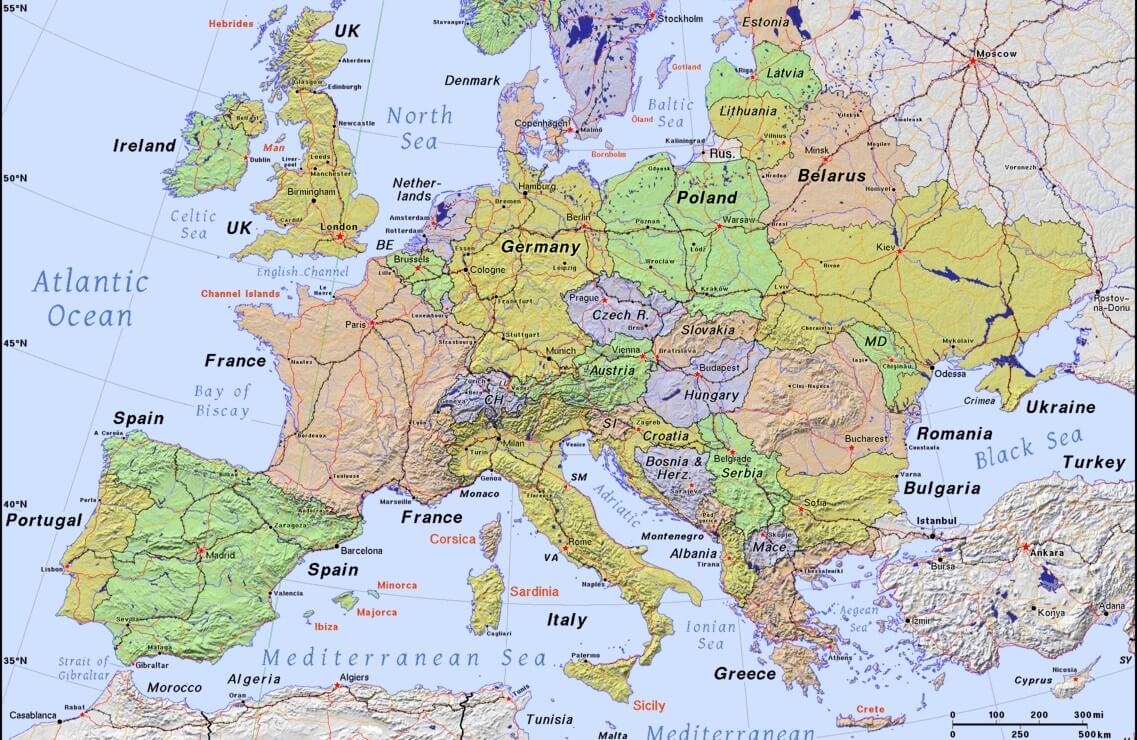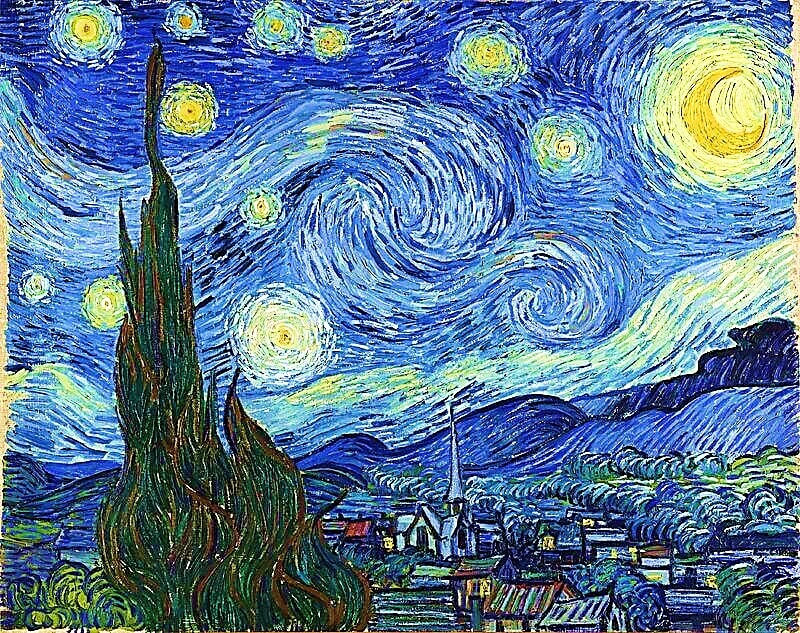Activity 1: Can You Find It?
During the week, study the painting and find the following:
- Stars
- Crescent Moon
- Church
- Cypress Tree
- Houses
- Hills
Activity 2: Narrate the Painting
- After studying the painting, narrate the scene shown in the painting aloud using your own words.
Activity 3: Complete Vocabulary Activities
- While studying the vocabulary words, point them out in the painting.
- Define each of the vocabulary words in your own words.
Activity 4: Explore the Painting
- One clear night this week, go outside and look at the stars in the sky.
- Draw the night sky that you see.
Activity 5: Color the Painting

- Click the crayon above, and complete page 29 of 'Kindergarten Art History Coloring Book.'



